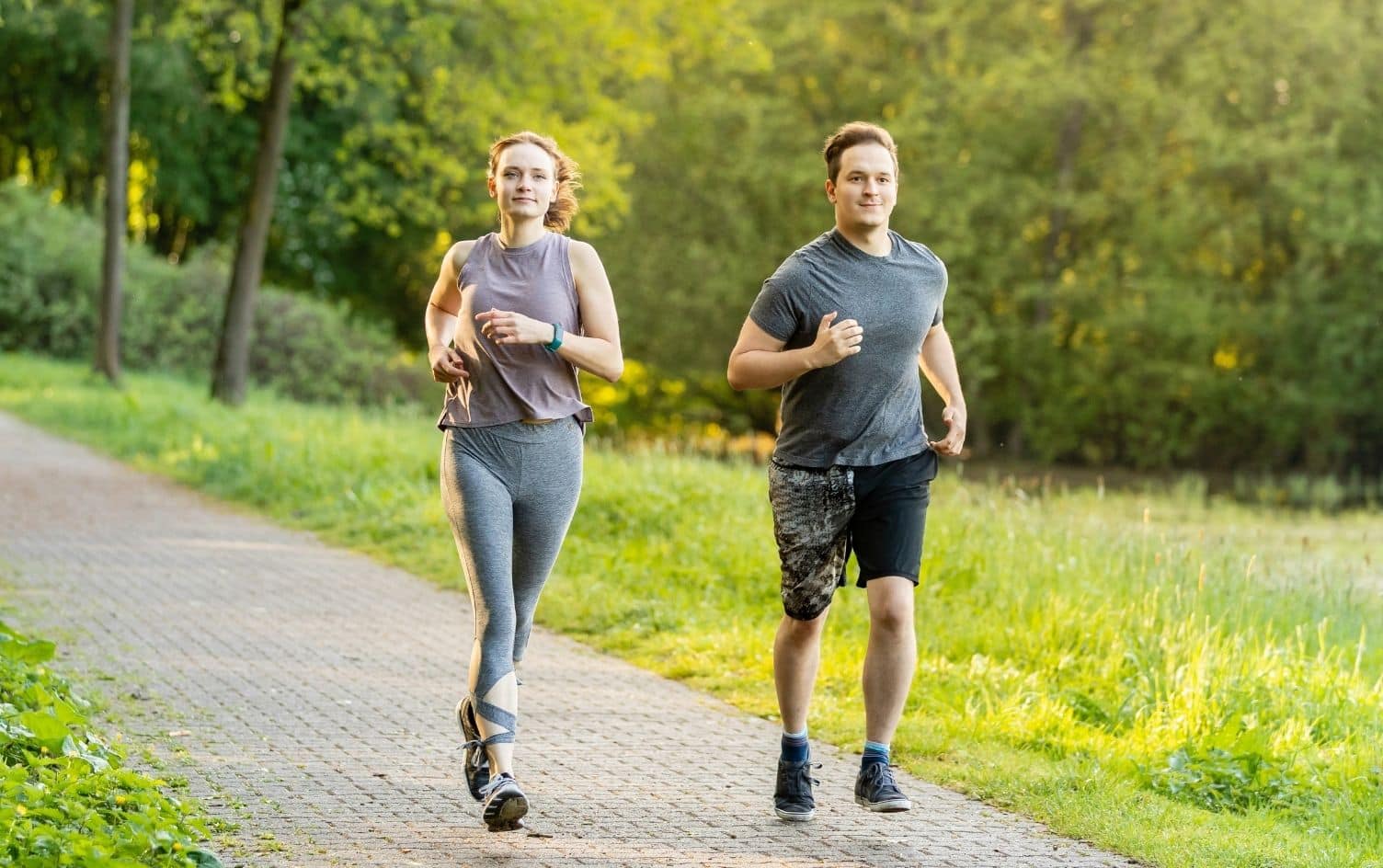When people picture runners, two stereotypes come to mind: First, the ultra-fit, runner who’s in optimal health and seemingly unstoppable; the runner who’s still going to be racing marathons in her 80s. Then, there’s the second type of runner: The one who’s constantly dealing with injuries like stress fractures, struggling to add more mileage and go further than the month before. What you don’t see about both of these runners is the difference in their bone density.
Depending on your diet, lifestyle and training, you may be setting up for a life where running makes your bones stronger, or you could be setting yourself up for problems with bone density and issues like osteopenia down the road.
Here, Therese Johnston, PhD, a physical therapist, researcher and runner, offers some advice about how to optimize your training for better bone health.
KEEP RUNNING FOR BONE HEALTH
Running counts as a weight-bearing activity, which is good for bone health. Even one minute of running each day has been linked to better bone health in women. “You need to load bone to make it remodel, and to change and improve,” Johnston explains. Unlike cyclists and swimmers, runners are in an endurance sport that is also load-bearing. With every step, you’re delivering force through your legs as your weight hits the ground, and according to one 2009 study and another done on marathon runners in 2016, running was on par with weight-training when it came to building better bone density. Trail runners who are constantly jumping over rocks and roots might have an advantage since jumping and plyometrics can also improve bone density. That doesn’t mean you should skip strength training since you still want to be building upper body and core strength, but if you haven’t started yet, you don’t need to panic. You’re on the right track.
DO WEIGHT-BEARING ACTIVITIES
Especially as you get older, it’s critical to increase bone density by strength training. This doesn’t have to mean heading into the gym and picking up a weight bar at random and lifting without a plan. Lifting weights or doing bodyweight exercises is something all runners can try. “To protect joints, I think all has to be done without going overboard,” says Johnston. “That said, I am OK with weighted activities if they are done properly. Runners need to find a coach or trainer with the knowledge to guide them at first.” If you don’t have anyone to help you, or aren’t interested in hitting the gym, Johnston recommends getting some resistance bands and working with those rather than weights to get the effects of loaded exercise with less potential risk.
WATCH FOR OVERTRAINING
“Everybody has a different balance point between when they cross over into too much loading, where it actually is causing the breakdown,” Johnston adds. While some running can improve bone density, overtraining — especially when paired with underfeeding — can compromise bone health. “Once a runner gets one stress fracture, she’s more likely to get another one down the road,” says Johnston, who’s dealt with this herself.
You might be thinking this isn’t you, that stress fractures and overtraining only happen to high-level runners, but that’s not the case. To avoid stress fractures and the negative health consequences associated with them, make sure you’re taking enough time off running, fueling your training adequately, and giving your body a rest when you feel any kind of pain during a run. Most of the women suffering from stress fractures in a study Johnston recently published said they pushed through pain to keep running.
PERFECT YOUR RUN FORM
“I’m a fan of strengthening hips and glutes in the gym, making those muscles stronger so they’re less likely to fail in a run,” Johnston says. If you are working with a personal trainer, make sure you’re prioritizing hip abductors and obliques for stabilization on the trail. However, Johnston is quick to note proper running form is just as important as proper squat or deadlift form. “As you’re getting fatigued, you’re running differently, and that’s stressing your body in a different way, which may help lead to those stress fractures, which can lead to worsening bone health over time,” she explains. Fatigue is also a great reminder you may be veering into overtraining territory, so don’t be afraid to cut runs short or slow-to-brisk walk.
Originally published November 2020, updated April 2022
Ready to take the next step? Unlock MyFitnessPal Premium to access custom goal settings, quick-log recipes, and guided plans from a registered dietitian. Premium users are 65% more likely to reach their weight loss goals!




